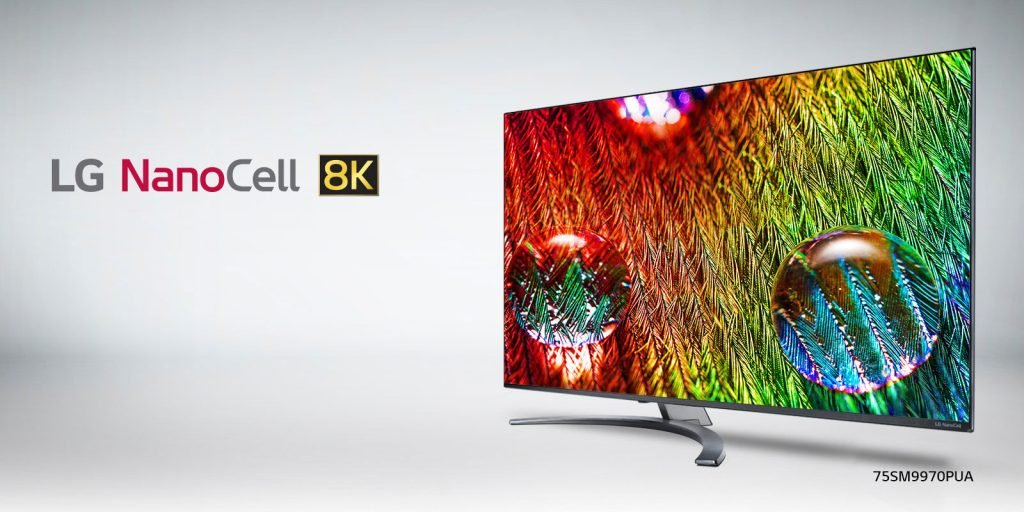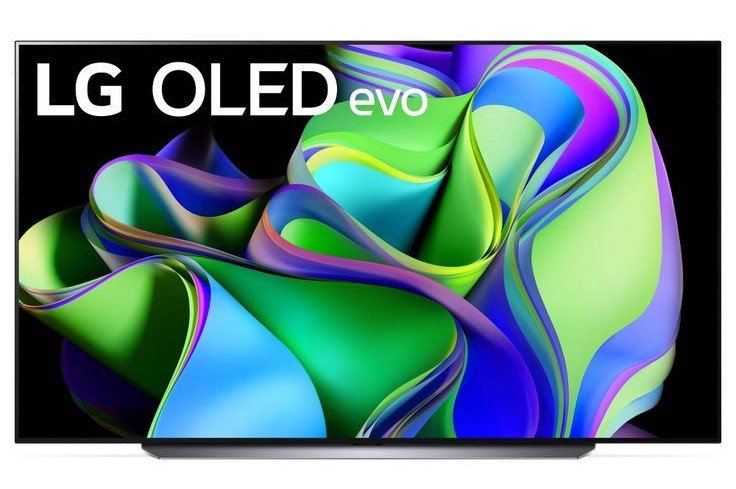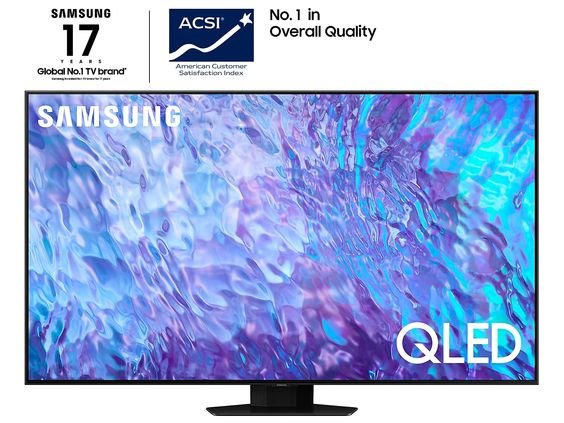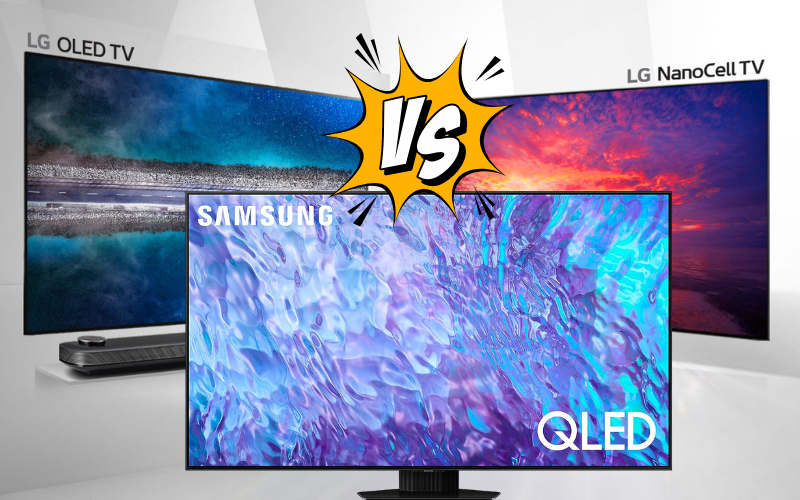Last Updated on 11 months by On Trends Gear
While now is undoubtedly the ideal time of year to take advantage of TV offers, choosing a TV still requires some thought.
Several technologies are available if you want the most excellent quality; the most well-liked ones are NanoCell, OLED, and QLED.
This post will describe the differences between these technologies and how these TVs operate.
Table of Contents
What is Nano Tech TV?

LG invented a display panel technology called NanoCell, which is found in most of their contemporary TVs.
The LG 65-inch Class NANO75 Series 4K Smart TV is one example of one of these TVs.
The exact way it works is complicated, but in a nutshell, it makes red and green colours stand out more to make pictures look more vivid.
It can be compared to a colour filter.
There is a backlight on NanoCell TVs. Combining it with the local dimming may give you some decent pictures.
To maximize viewing area, most NanoCell TVs also have very tiny bezels. It is a method intended to improve each pixel’s colour.
What is an OLED TV?

Organic Light Emitting Diode is what OLED stands for.
An organic film is a medium through which two conductors carry current to produce light in an OLED display.
In contrast to LCD TVs, which use a backlight to light up liquid crystal film, which causes light bleeding, OLED emits light from individual pixels, which means that a bright white pixel and a dark black pixel are put next to each other.
This makes OLED a much better technology than LCD and the LG B3 Series 77-Inch Class OLED Smart TV remains the unmatched beauty of self-lit OLED pixels in the LG OLED B3 is more than meets the eye. It’s remarkable to watch movies in dark rooms
What is a QLED TV?

Although QLED and OLED have much in common, they are different technologies.
Samsung invented the name “QLED” to refer to TVs that combine several LED and LCD-based technologies.
All LCD TVs that employ Quantum Dot technology are labelled as QLEDS. The “Q” stands for “Quantum Dots.”
Although the technology is somewhat complex, the general concept is that QLED TVs feature brighter, more vibrant colours.
While some TVs, notably those made using NanoCell technology, offer local dimming, these LCD-based models have a backlight.
The SAMSUNG 85-inch Class QLED 4K Q80C Series is an example of a QLED TV.
Because of its extreme brightness and ability to make images pop even in brilliantly lit showrooms, QLED TVs are frequently displayed in retail spaces.
Since QLED and NanoCell are almost identical, their benefits and drawbacks are similar.
Similarities Between Nano Tech TV vs Oled vs QLED
OLED, QLED, and nanoCell are three cutting-edge TV technologies that strive to provide images with the highest possible quality.
Here are some areas of similarity between them:
- High quality: All three technologies can handle the now-standard 4K Ultra HD quality.
- HDR Compatibility: All of them may be used with HDR (High Dynamic Range), which improves the image’s contrast and colour.
- Features of Smart TVs: All of them include platforms for smart TVs that have a range of integrated streaming service apps, such as Netflix, Prime Video, Apple TV+, and others.
- Voice Compatibility: Google Assistant, Amazon Alexa, and other voice assistants are compatible with all three.
- LCD Technology: LCD technology is the foundation for QLED and NanoCell TVs.
Nano Tech TV vs Oled vs QLED TV Difference.

High-Quality Display Technologies
QLED TVs can show blacks more vividly and contrast more than NanoCell TVs; however, they are not as good as OLED TVs.
Furthermore, OLED TVs use an IPS (in-plane switching) screen, so they cannot match NanoCell TVs’ viewing angles.
If brightness and viewing angles are your primary concerns, a NanoCell TV is a better option; on the other hand, QLED TVs will do if contrast and high dynamic range are more important to you.
Affordable and Cost
OLED TVs are far slimmer than NanoCell TVs but cost a lot more.
Like NanoCell TVs, QLED TVs are more affordable and provide a brighter picture than OLED TVs.
Lifespan
OLEDs can have some longevity problems with colour. The life span of red and green OLED pixels is over 45,000 hours, but the life span of blue OLED pixels is only about a third of that.
This implies that when the blues fade over time, an OLED display may experience problems with colour fidelity.
With the correct maintenance, NanoCell TVs may last up to 100,000 hours.
That implies that even if a NanoCell TV is always left on, it may offer years of continuous use. It’s a good idea to occasionally rest your TV to get the most out of it.
However, NanoCell is the best option for anybody looking for a TV that will last many years with dependable performance.
According to Samsung, you can get a lot of use out of its QLED TVs before the visual quality decreases.
The manufacturer states that an average lifespan of 7 to 10 years is possible with frequent usage.
Backlights system
Compared to OLED TVs, NanoCell TVs have less colour accuracy since they still employ a backlight.
OLED TVs do not require a backlight since every pixel produces its light.
Given that individual pixel may be turned off for genuine blacks rather than dark greys, as is the case with NanoCell TVs, this results in noticeably higher contrast and dynamic range.
On the other hand, QLED (Quantum Dot Light-Emitting Diode) TVs are more like NanoCell TVs because they use LCD technology too.
Additionally, they use LEDs rather than fluorescent lamps for their backlight.
Nano Tech TV vs Oled vs QLED: The Winner
Always consider your budget when selecting a TV to meet your demands.
If you want the best picture quality and the fastest response time, go with an OLED TV. For those who want a vast viewing angle, NanoCell TVs are the finest option.
If money is tight, consider a NanoCell TV instead of an OLED one. They are more reasonably priced. OLED TVs are recognized to perform better than NanoCell TVs and are generally far superior.
One problem with OLED is that it doesn’t work well in bright rooms and can be very shiny, especially in dark movies.
On the other hand, Samsung’s QLED technology will produce more excellent blacks, more contrast, and increased brightness in select models.
Compared to NanoCell, this technology is superior for watching movies and television shows in dark rooms and achieving a purer black.
In addition, it usually provides more consistent and finer detail in the shadows, preserving the information in the darker areas more effectively.
Which one do we recommend? OLED TVs are great, and you won’t be sorry if you can afford one.
Although they are still expensive, we think the investment is worth it.
Discover more from On Trend Gear
Subscribe to get the latest posts sent to your email.